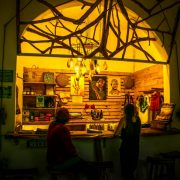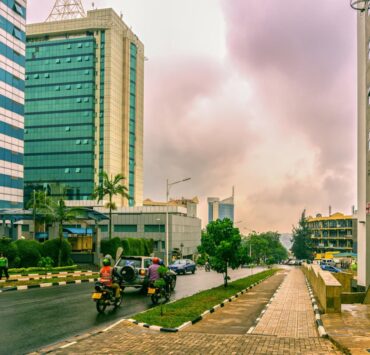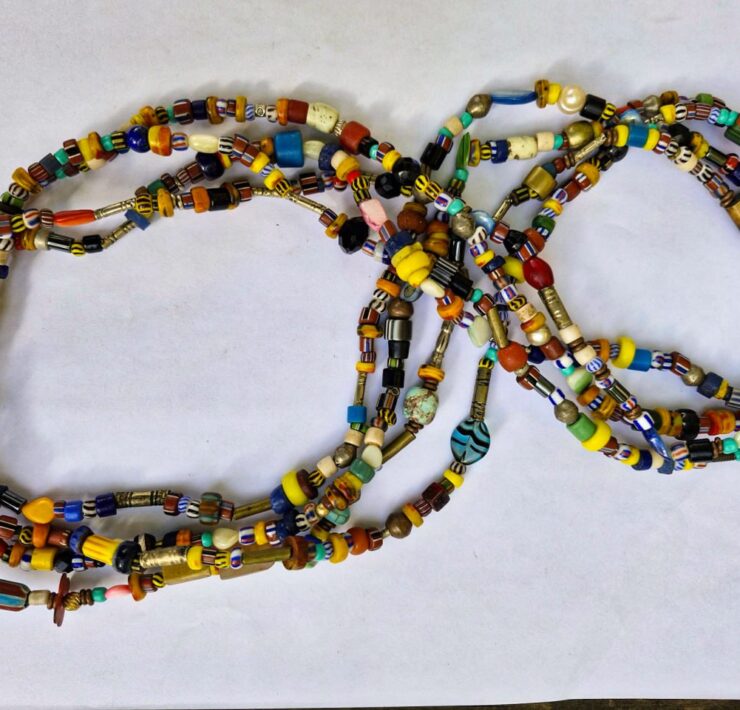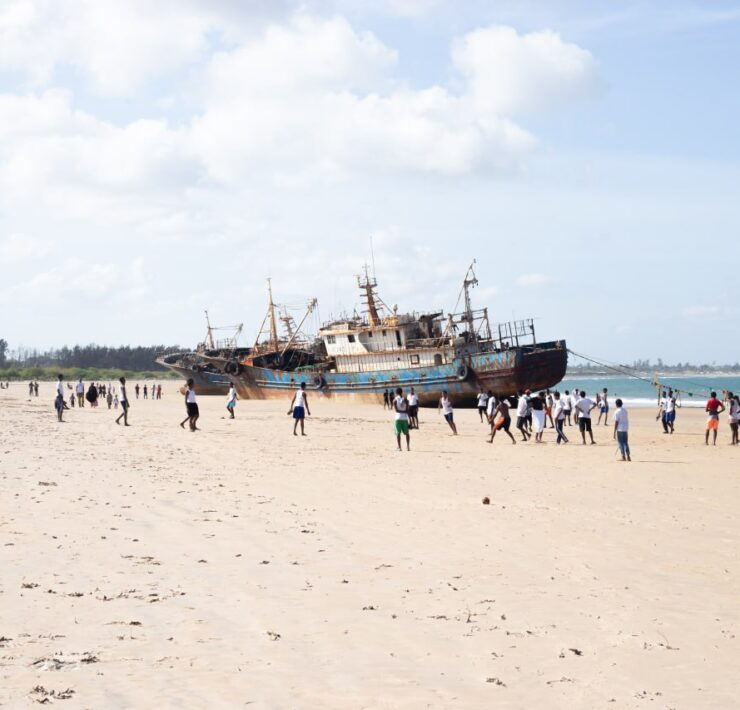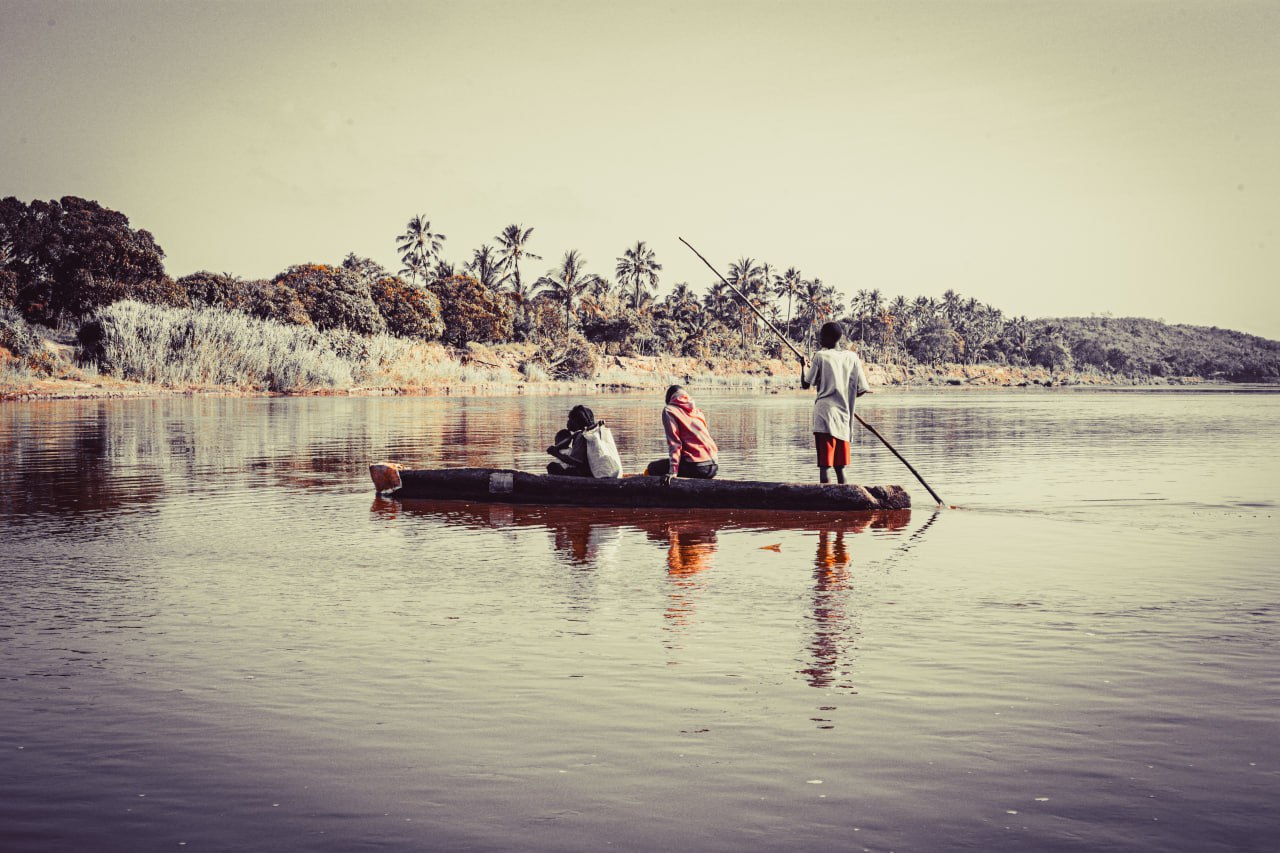
Samuel Phillips is a writer, graphic designer, photographer, songwriter, singer…
Read Next
A Good Reminder of Community Life
One of my favorite activities is taking morning walks around my neighborhood, and sometimes these walks can last for hours, especially when I combine them with photo hunting. The blend of the warm morning sun and the cool early breeze creates a refreshing atmosphere that I absolutely love. Recently, I had the pleasure of going on a photo hunt in our new location in Malindi, on the Kenyan coast, where I sought out images for a coffee table photo book I’m working on, which will focus on trees. I have been working on a couple of these coffee table books with different themes.
A few days prior, I had ventured out to capture some shots of the towering baobab trees I’d been admiring from our kitchen window. These majestic trees are iconic in the African landscape, and I couldn’t resist the chance to feature them. On this particular morning, I decided to explore further down a dusty road that seemed to lead to a distant village, hoping to find some indigenous trees for my project.
Found a Hidden Gem in a Simple Village
As I walked deeper into the village, I noticed there weren’t many trees to photograph, but surprisingly, I didn’t feel disappointed. The simplicity of the village life around me was captivating. I observed locals emerging from their homes, some guiding herds of goats and sheep to graze in the surrounding grasslands. The village itself was quiet, with a mix of mud houses, stone homes, a primary school, and small vegetable kiosks. I also noticed bikes (boda-boda) carrying passengers along the narrow paths leading to the main tarmac road I had started from. The air was fresh and clean and I could hear the roar of the Indian Ocean crashing into the shore from the distance.
Despite the lack of trees, the charm of the village made the walk worthwhile. After a few twists and turns, I found myself on a ridge overlooking what I initially thought was a forest. To my surprise, the trees were actually across a vast gorge where mining activity seemed to have taken place. From this vantage point, I spotted a beautiful river flowing far below—a breathtaking sight that compelled me to explore further.
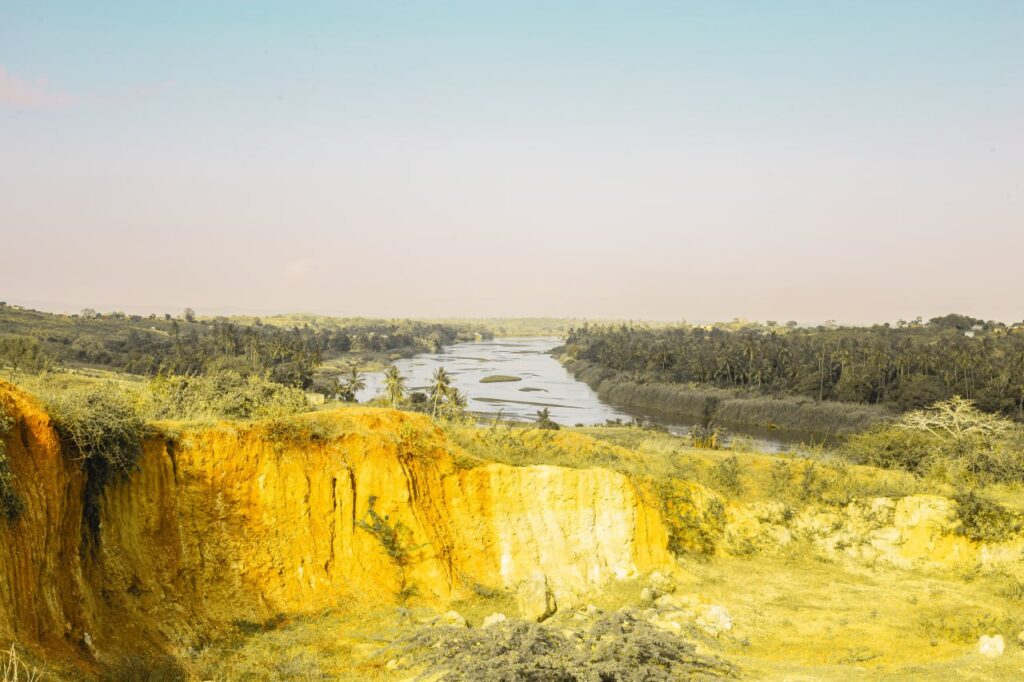
The Majestic Athi-Galana-Sabaki River
Upon reaching the riverbank, I learned that this was the Athi-Galana-Sabaki River, one of Kenya’s longest rivers. This stretch of the river is close to the mouth where its waters meet the oceans and so – expectedly – the flow of its waters were remarkably slower and the bed of the river loaded with fertile soils from further upstream. While the river didn’t seem particularly deep, it was an enchanting view nonetheless. The tranquility of the flowing water, coupled with the presence of a few bikes (boda-boda) parked on the riverbank waiting for passengers crossing from the other side, added to the serene atmosphere. I watched a cow come to drink from the waters, and the herder had to chase it out of the river because the cow wanted to continue walking towards the other shore.
The other side of the riverbank was lined with coconut trees, creating a scene that reminded me of the African moonlight stories we heard as children—stories of nature, rivers, and life in rural communities on the African continent.
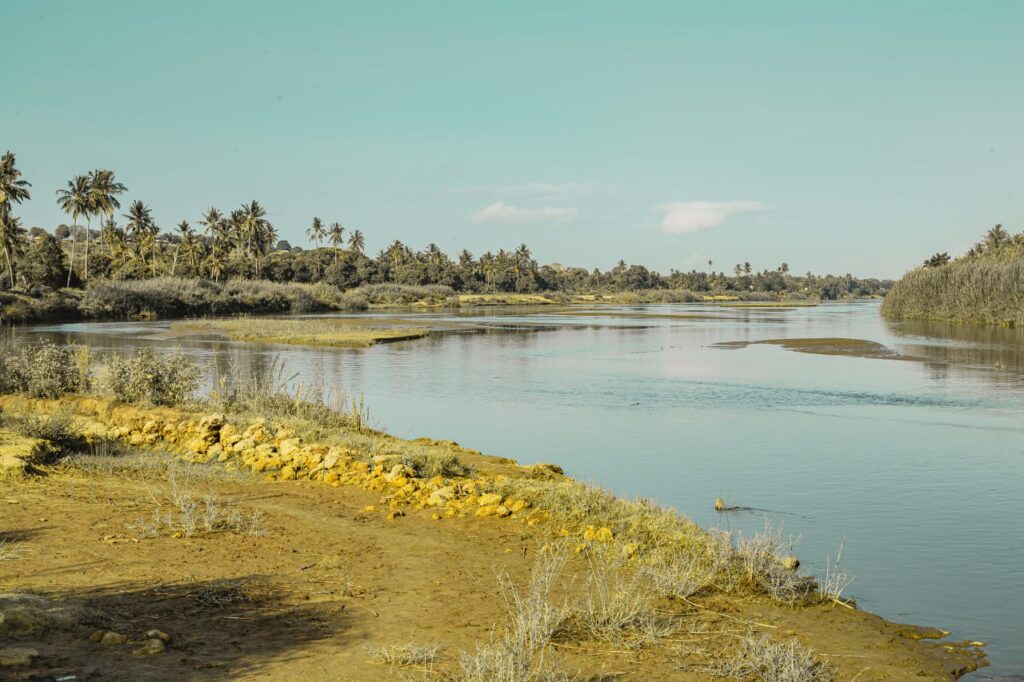
Meeting Lama, the River Ferryman
As I sat by the river, I met Lama, a young man who ferries people across using a canoe which he pushed along with a long pole. He calmly transported people from one side to the other, and I noticed that he didn’t seem to collect any money from the passengers he brought to the side I was, except for one man who gave him some money. Out of curiosity, I asked Lama how much it would cost to cross the river, and he told me it was 50 Kenyan Shillings. Whether this was a special price for outsiders like myself, I couldn’t say, but his humble demeanor and dedication to his work left a lasting impression.
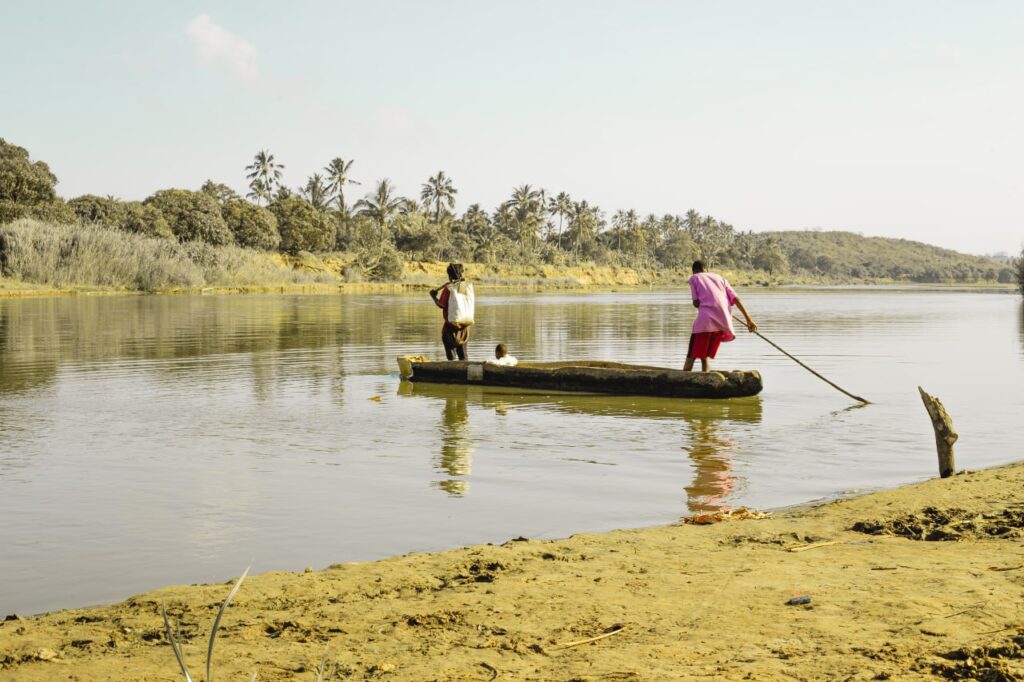
On the opposite side of the river, I noticed a well-worn footpath leading to another village, which was surrounded by lush coconut trees. I could only imagine the stories and lives unfolding in that small, peaceful community. Since I had no plan to cross the river to the other side, I just took my time on this side with the thought that maybe one day I would make the trip across.
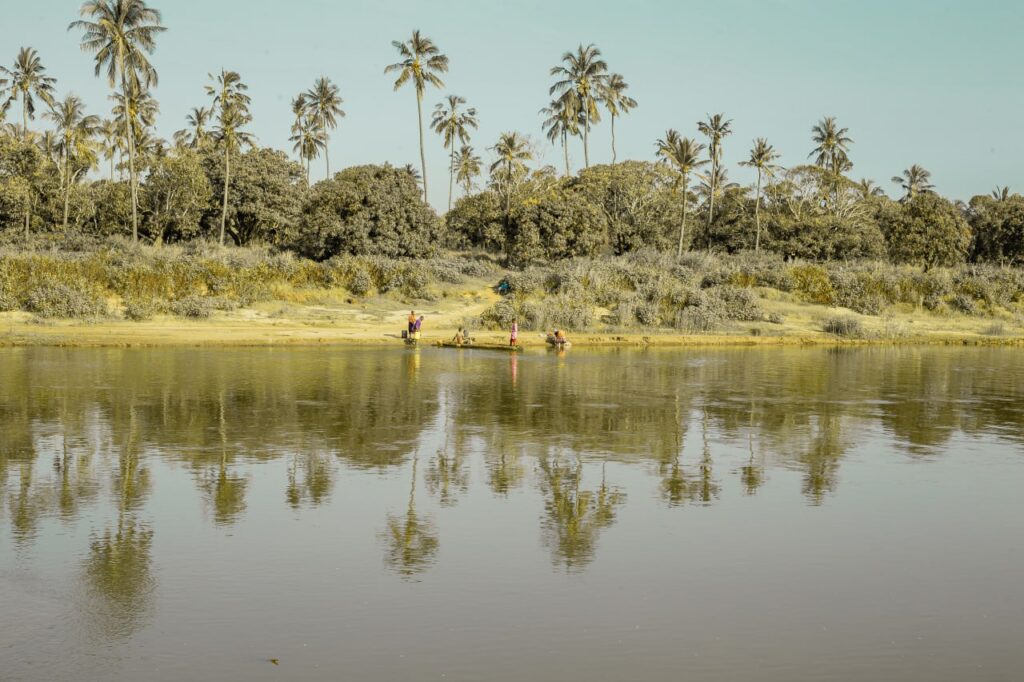
Reflections on Malindi and the Kenyan Coast
As I sat by the Athi-Galana-Sabaki River, I couldn’t help but feel a deep connection to the land and its people. Although my initial mission was to photograph trees, the walk turned into a journey of discovery—one that revealed the quiet beauty of rural life in Malindi, Kenya’s coastal region. The experience reaffirmed my love for morning walks, the joy of photo hunting, and the serendipity of finding unexpected treasures in nature.
Outside of all that I had already written about this peaceful village with this beautiful river flowing across the land to pour its treasure into the ocean, one thing kept popping up in my mind, that is, what was life like in Africa before the European disturbance that invaded our communities? I am not really seeking an answer but just a reflection on what could have been if Africa had note been so viciously invaded and contaminated by Western ideologies around money and individualism.
So, whether you’re an avid photographer, nature lover, or simply someone who enjoys the quiet peace of a morning stroll, Malindi offers a unique glimpse into the natural beauty and simplicity of life on the Kenyan coast. There are loads of tourist sites you can visit in Malindi. One such site on my bucket list while still here would be to visit the Gede ruins in Watamu and the Arabuko Sokoke Forest.
About the river
The Athi-Galana-Sabaki River is the second longest river in Kenya (after the Tana River). It has a total length of 390 kilometres (240 mi) and drains an area of 70,000 square kilometres (27,000 sq mi). The river rises in the Gatamaiyo Forest as the Athi River and enters the Indian Ocean as the Galana River (also known as the Sabaki River)
The Athi River flows across the Kapiti and Athi plains, through Athi River town, and then takes a northeasterly direction where it is met by the Nairobi River. Near Thika, the river forms the Fourteen Falls and turns south-south-east under the wooded slopes of the Yatta ridge, which shuts in its basin on the east. Apart from the numerous small feeders of the upper river, the only other tributary is the Tsavo River, from the east side of the Kilimanjaro, which enters at about 3° S. It then turns east, and in its lower course is known as the Sabaki (or Galana) River, which traverses the sterile quartz-land of the outer plateau. The valley is low and flat, covered with forest and scrub, containing small lakes and backwaters connected to the river during the rainy season. During the rainy season, the river rises as much as 10 metres (33 ft) in places, now strongly flowing with a turbid yellow colour; navigation is interrupted by the Lugard Falls, actually a series of rapids. Flowing east, it enters the Indian Ocean 10 kilometres (6.2 mi) north of Malindi. (Source: Wikipedia)
Final thoughts
I mentioned that I wasn’t so surprised that Lama didn’t seem to collect any money from most of the people I watched him ferry across the river within the time that I was there, and my reason is simple; Most parts of Africa still hold community and community service in high regard. And this I have seen from the various places my family and I have lived in Kenya. Ubuntu is not dead, we just need to give more voice to its use.
Speaking about Ubuntu which means “I am because we are”, we must also understand the other side, that is “I am not because we are not”. Think about this for a moment.
Subscribe now for updates from Msingi Afrika Magazine!
Receive notifications about new issues, products and offers.
What's Your Reaction?
 PIN IT
PIN ITSamuel Phillips is a writer, graphic designer, photographer, songwriter, singer and a lover of God. As an Afrikan content creator, he is passionate about creating a better image and positive narrative about Afrika and Afrikans. He is a true Afrikan who believes that the true potential of Afrika and Afrikans can manifest through God and accurate collaborations between Afrikans. Afrika is the land of kings, emperors, original wisdom, ancient civilizations, great men and women and not some road-side-aid-begging poor third world continent that the world finds joy in undermining.









